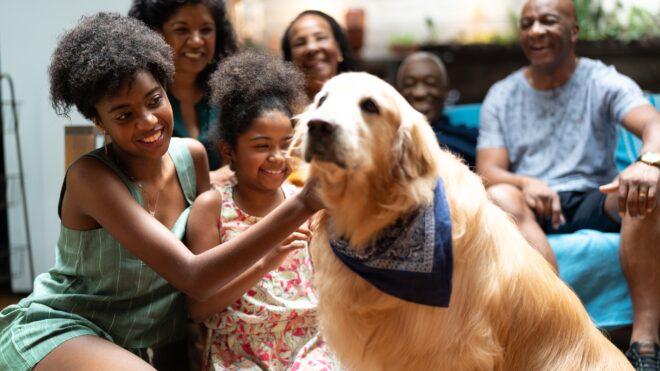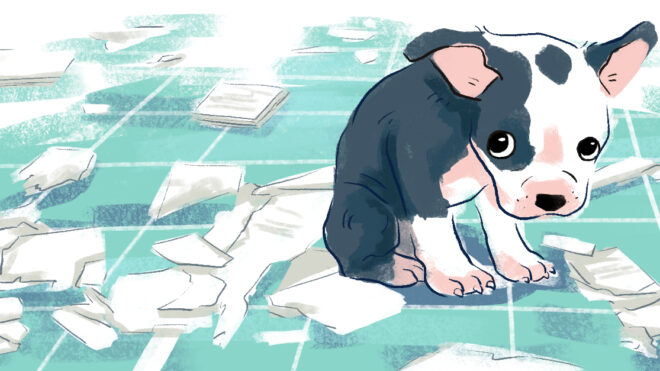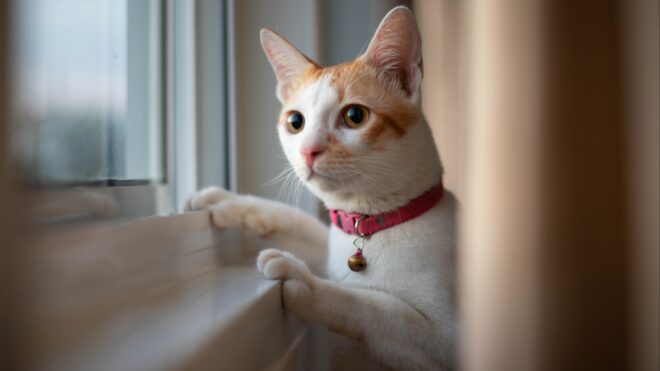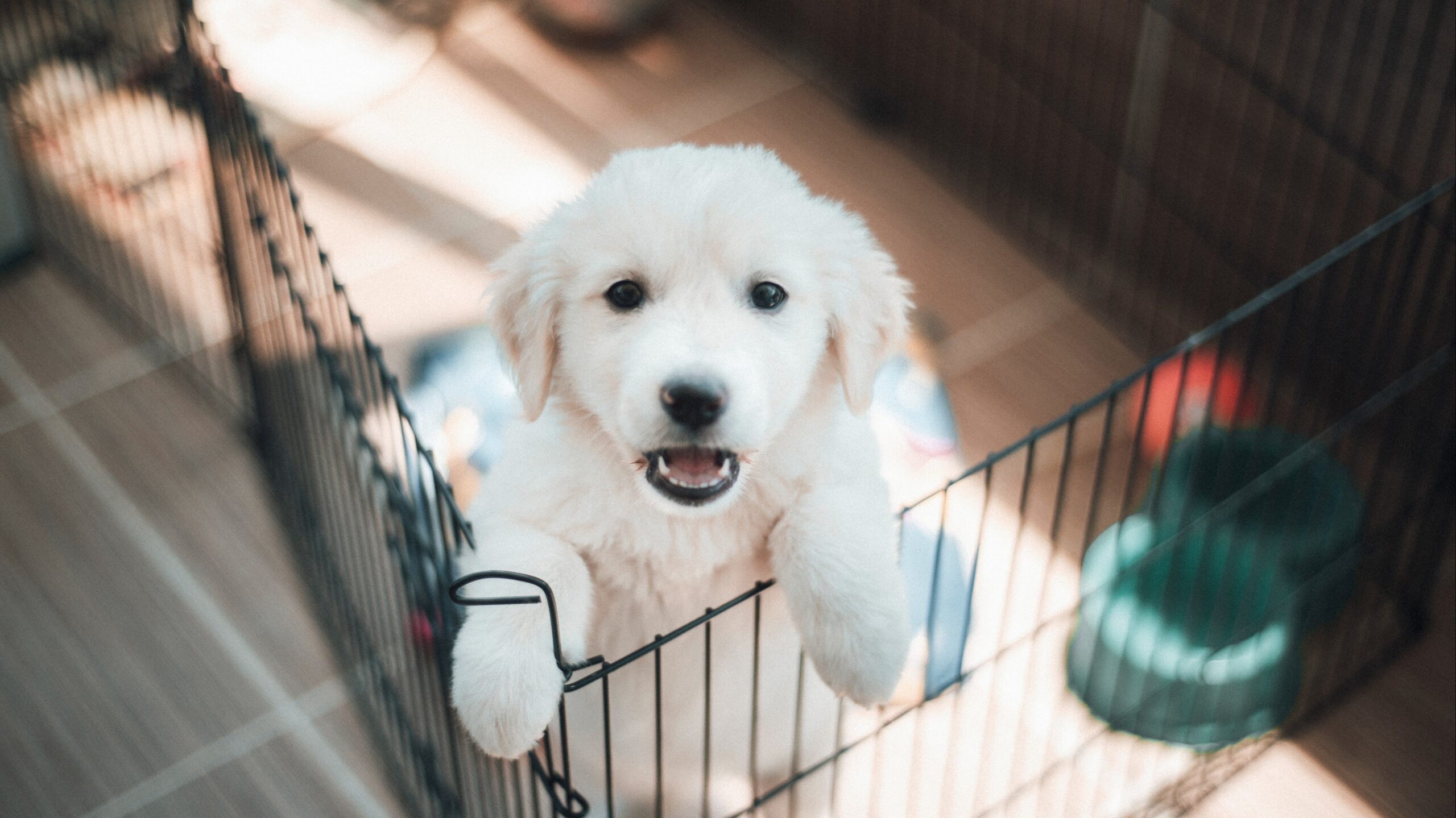
While the idea of putting your puppy in a crate — especially if you just rescued your dog from a shelter — may seem like a punishment, experts, including the American Kennel Club, endorse crate training. The AKC says on its website that crate training “gives them their own space and can calm anxiety.”
Kate Perry, certified trainer and author, tells LittleThings, “We recommend starting as young as possible. If you are getting your dog from a breeder, we suggest asking them to begin preliminary crate training for you to ease the transition to your new home and space. A puppy should be crated anytime they are not able to be fully supervised, but only if they have the bladder capability to be in containment without having an accident.”
Be sure to choose the right-size crate for your pup. Perry says, “The standard and appropriate size crate should be tall enough for the dog to stand fully upright with their head raised and 6 to 8 inches longer than their body, from nose to rear, not including their tail. The pup should also be able to turn around fully and lay down on their side with their legs extended.”
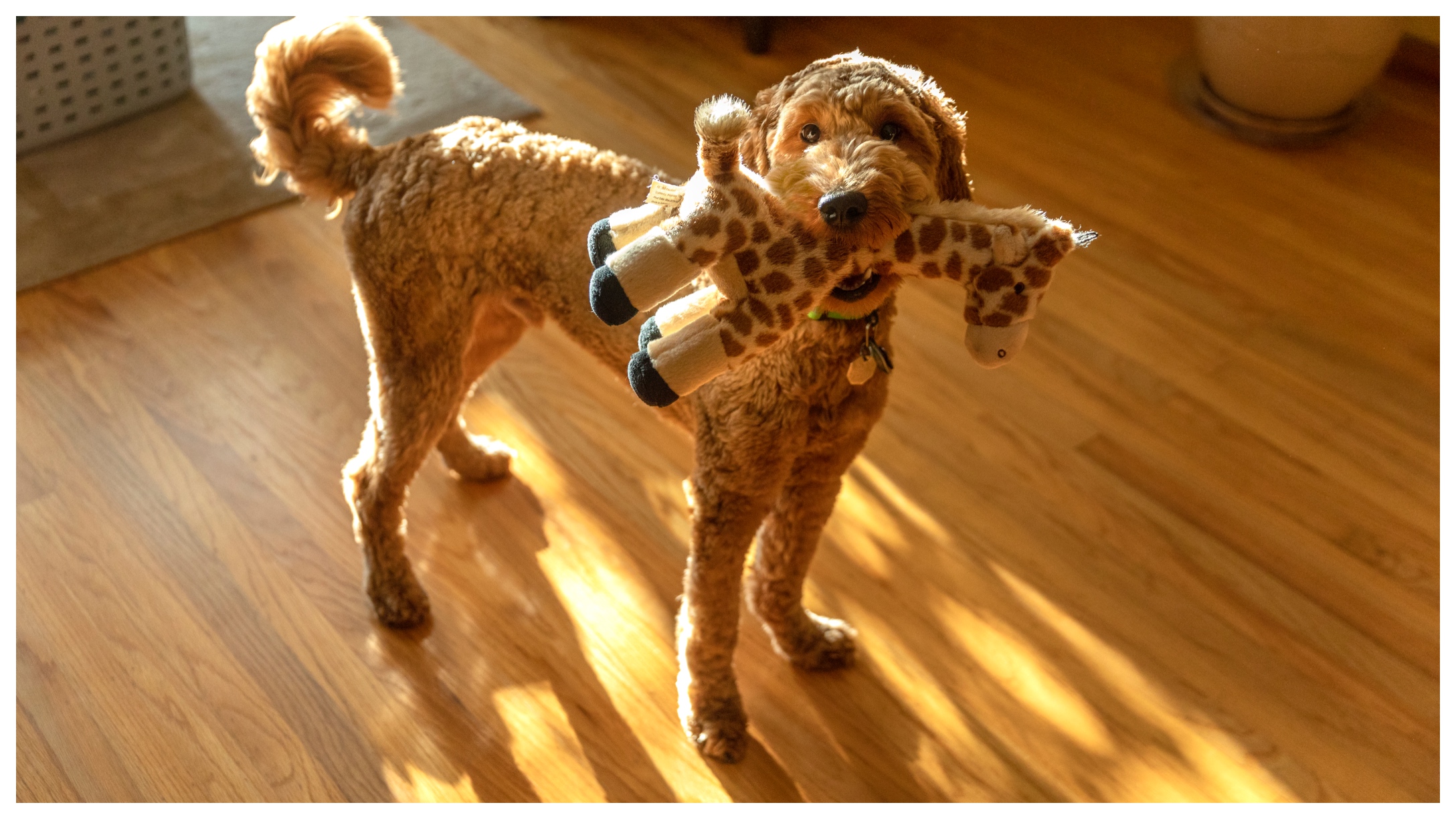
There are different types of pet crates, ranging from simple wire crates to more decorative versions made out of wood. Jennifer Bruns, DVM, MPVM at PetSmart Veterinary Services, says, “The best type of crate will depend on each individual dog. Plastic dog crates work well in the house and can also serve as travel carriers. They’re also easiest to clean. Metal dog crates are best for dogs who are prone to chewing, as they will likely be unable to chew through the metal wires. These crates are the sturdiest you can buy and provide good air circulation. Wood dog crates are heavier and harder to clean than other dog crates. As crates can go through some destruction in the puppy stages, it’s recommended to avoid wood/furniture crates until they’re older.”

Before you go on a shopping spree for beds and toys for the crate, Perry says, “Initially, we suggest not putting any bedding inside the crate to deter the pup from having an accident on an absorbent surface. If any bedding is inside the crate, we suggest a small, light-colored or preferably white towel. That way, if your pup does pee on it, you can see the evidence. In addition to a small towel, we suggest a stuffed animal or the Puppy Heartbeat Toy for them to curl up with for comfort. No chew toys or occupiers should be in the crate overnight to encourage settling and sleep.”
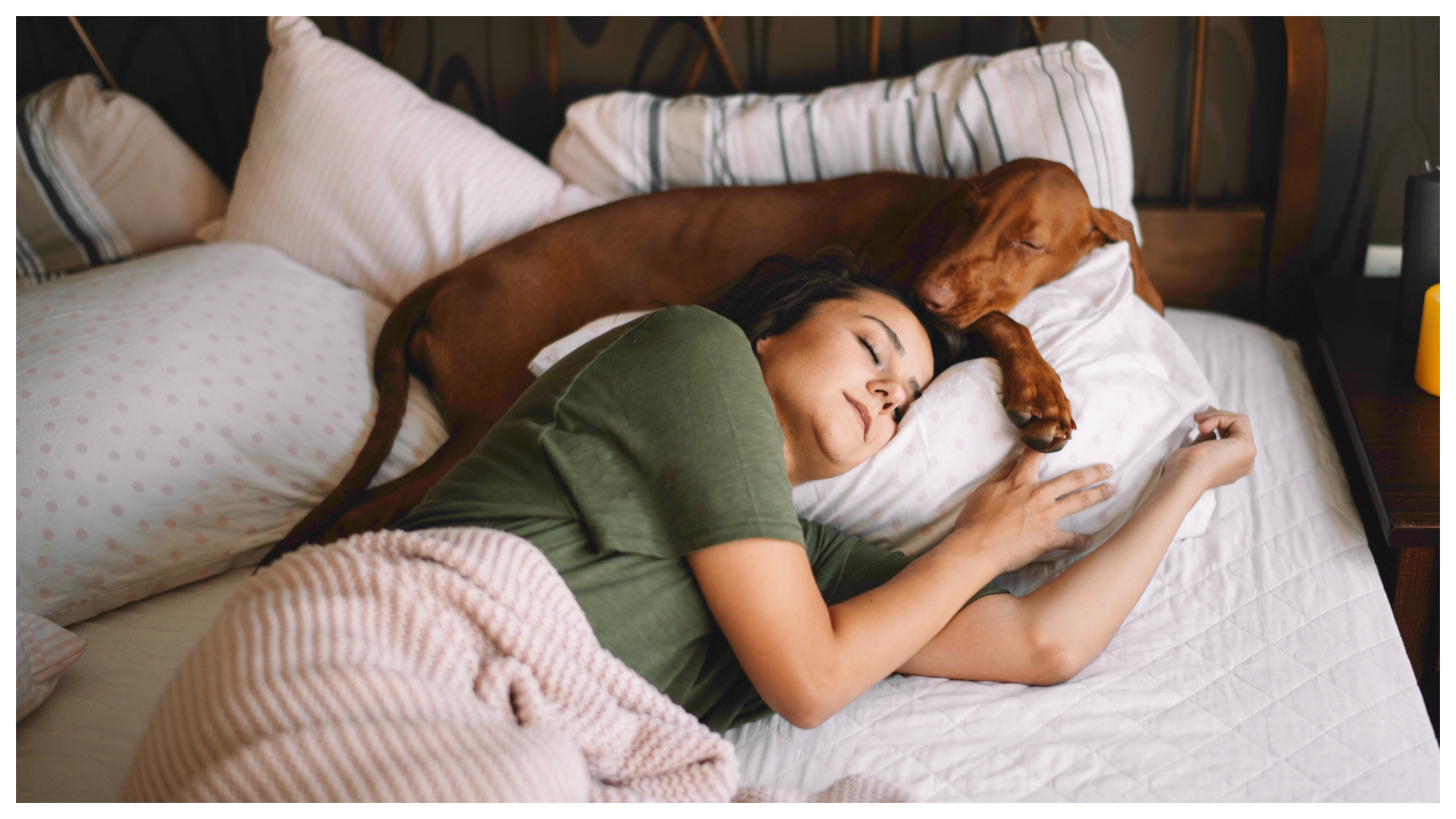
Perry also notes, “Never put water or food bowls inside the crate if the pup is not supervised. Food and water bowls should only ever be inside the crate during a supervised feeding. Never put any chew bones or occupiers inside the crate that are a choking hazard. If you are unsure, always do a supervised test run with the chew bone/occupier to make sure your pup won't swallow it whole.”
Be sure not to overstuff the crate. Perry says, “Never overfill your crate with bedding. A dog's body temperature is 101 to 102 degrees, plus a fur coat. Overstuffing a crate almost always leads to the pup being overheated, and if they are already stressed from being contained, their body temperature will already be increasing, causing more panic. Too much bedding can also potentially lead to accidents, if the pup feels they can pee/poop and it will absorb or they can ‘bury’ it.”
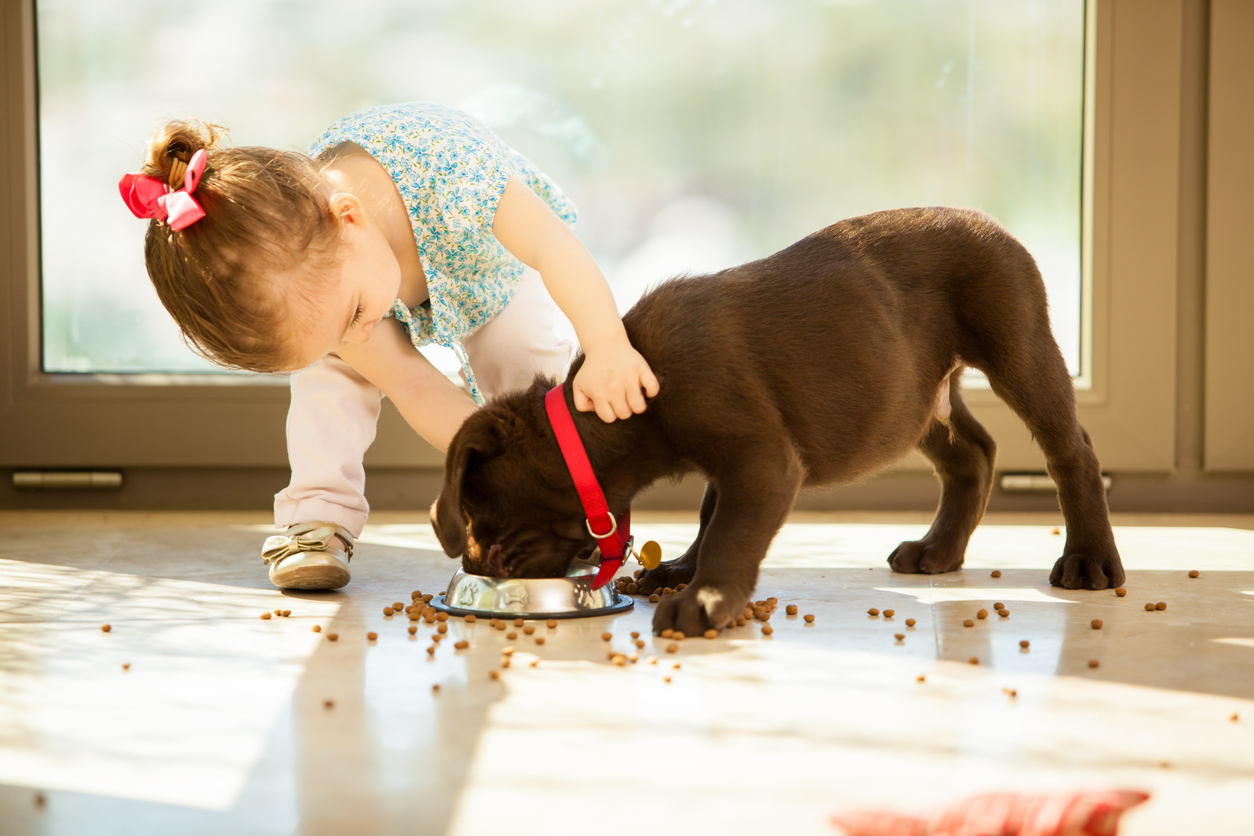
Safety should always be top of mind. Bruns says, “Make sure there’s nothing with power cords or cables in or around the crate, as they can be extremely dangerous. Collars also pose a threat, as the buckles or tags can get caught in the bars, so remove the collars before they go into the crate.”
Once you have your crate set up, Bruns says, “Start slowly. You want your puppy to enjoy the crate, so put treats or toys in there so they understand it’s a good place. Encourage your dog to go in after them, but don’t force it. Keep this up until it cheerfully enters the crate, but keep in mind it might take a couple days. Once it enters on its own, close the crate door and stay close by. If your dog seems anxious when you shut the door, be right there to let them out.”
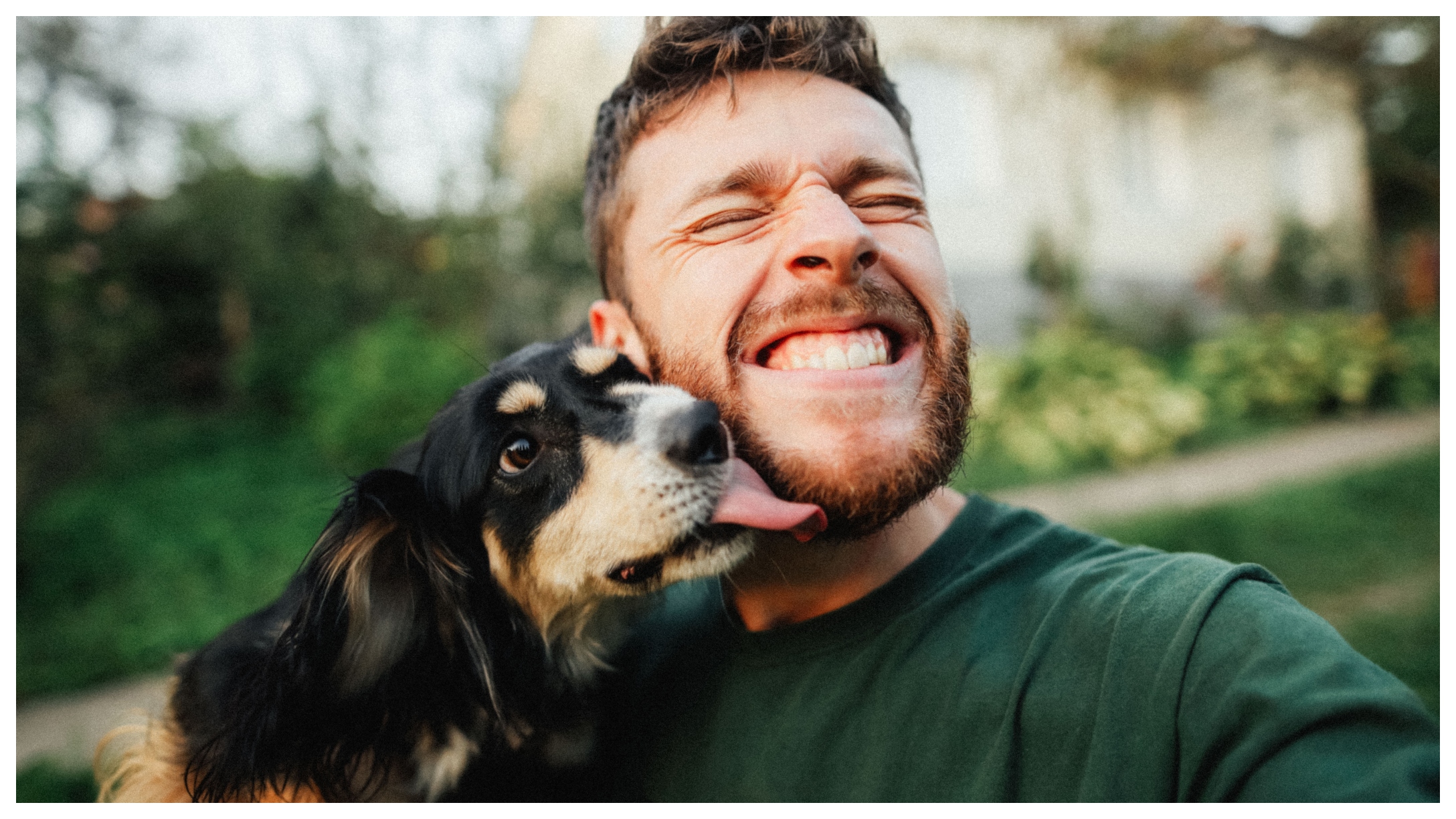
It may be tough at first, but stay strong. Bruns says, “As your dog gets more comfortable spending time in the closed crate, try leaving the room for a few minutes. When you let them out, don’t go overboard with attention, otherwise it may get anxious inside the crate waiting for love and praise. Once your puppy crates calmly in a room alone for at least 30 minutes, you can try an overnight stay. Keep them crated in your bedroom for housetraining purposes. When they’re grown, they can be a few rooms away, but not too far or they’ll feel left out. Crate your puppy for a brief period every day too. This way, if you ever need to crate them, it won’t be a big deal.”
Perry also suggests, “Place the crate inside a containment area (if possible) and start by feeding the pup all of their meals inside the crate while leaving the door fully open.”
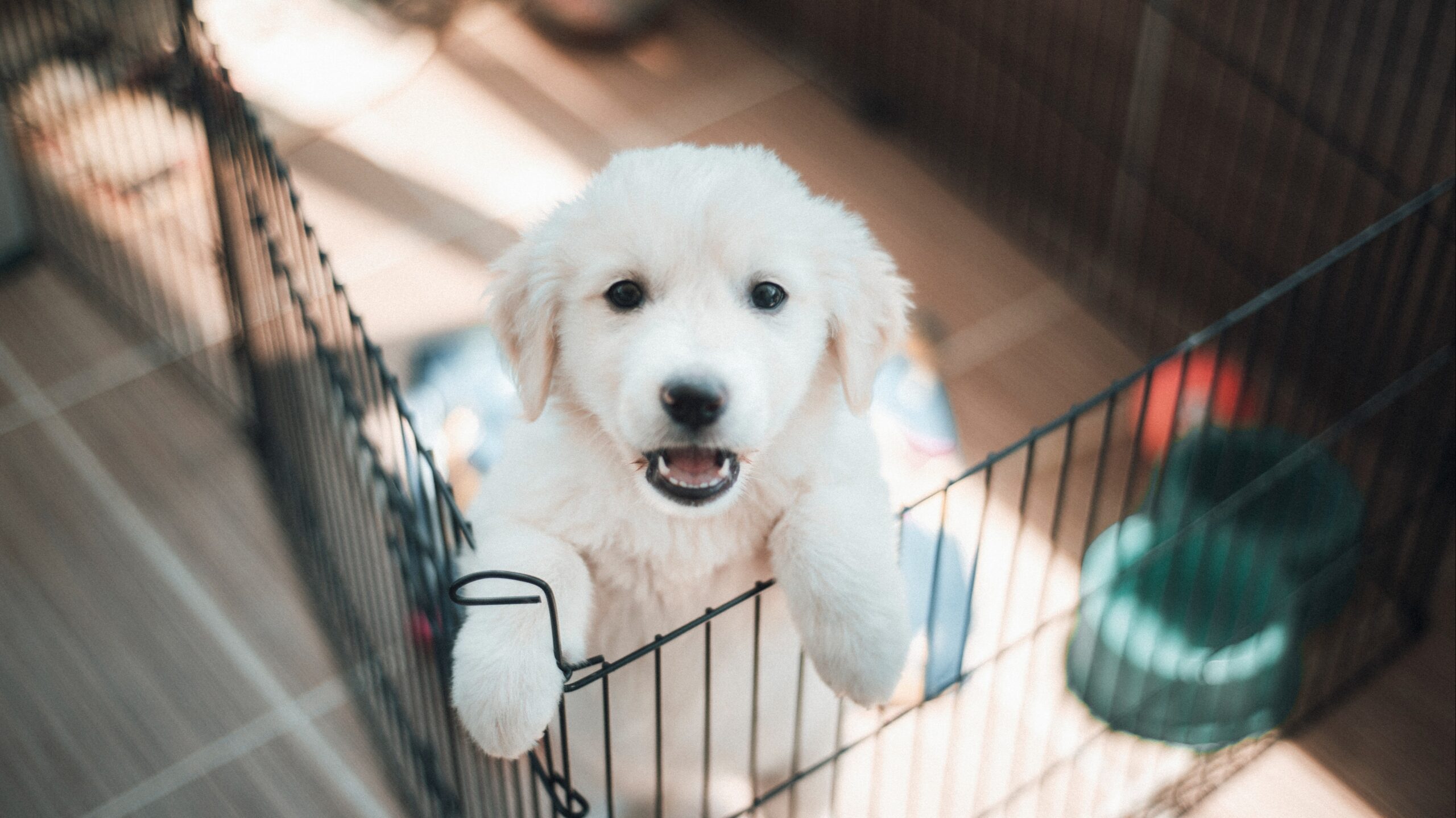
Once you’re ready to leave your pup in the crate for an extended time, Perry says, “We recommend no longer than four hours at a time during the day, even for adult dogs. This is the maximum amount of time and only if the pup can hold their bladder. For younger pups, we usually recommend 60 to 90 minutes at a time, slowly increasing the duration as the pup matures. We always encourage owners to make sure their pups have peed/pooped within 15 minutes of being crated.”
Perry continues, “Overnight, timing will vary based on the pup's capability with holding their bladder. We suggest cutting your pup's water intake off two to three hours before bedtime and giving the pup multiple opportunities to empty their bladder before going in the crate for the night. This will help to extend the amount of time they can hold their bladder overnight.”

Just like sleep training kids in cribs, your puppy might cry when crated. Perry says, “If the pup is suffering from severe separation anxiety versus puppy protest barking, the practice exercises and frequency of crate time will differ. We recommend getting video footage of your pup in their crate/containment area in order to get a more complete understanding of their physical and emotional state while crated. If the pup is just protesting, we recommend letting them cry it out for about 20 minutes. Usually at the 10-minute mark, they will begin to quiet down. If they quiet down within 20 minutes consistently, you more than likely are not dealing with separation anxiety, and more practice will lead to better success.”
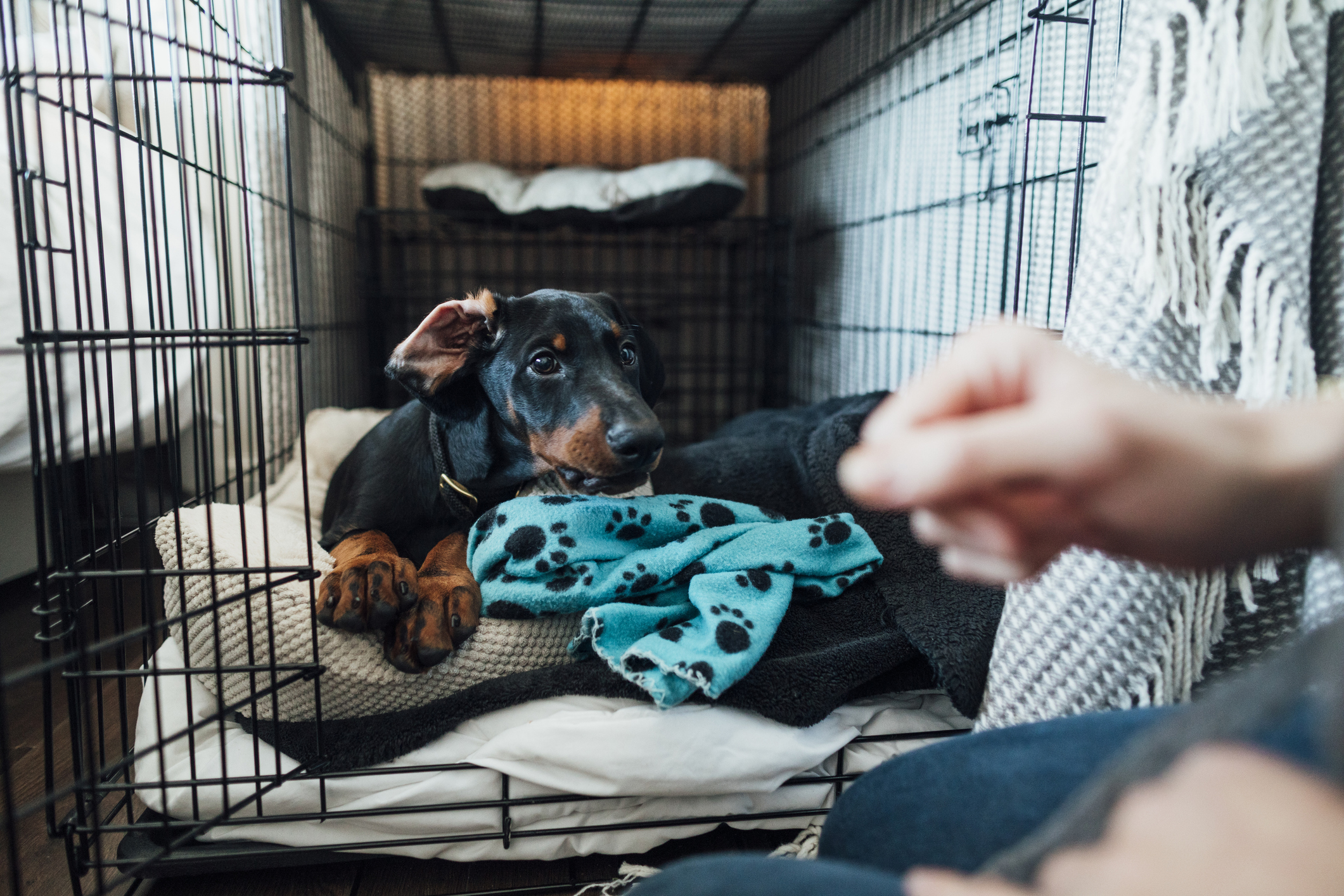
You may be tempted to go check on your crying, crated pet. Perry says, “It's better to leave them and listen from another room or watch on your phone/webcam. In order to prevent reinforcing crying/whining in the crate, you want to avoid walking into the room while they are crying or barking. Instead, make a neutral interruptive sound like dropping a heavy book on the floor, banging on the wall, or using Pet Corrector [from Amazon and most pet stores] to interrupt the hysteria. After three to five seconds of quiet, you can then walk into the room to check on things.”
Perry adds, “The age at which a pup will be able to sleep through the night in a crate will vary based on the dog's individual IQ level for house training. If your pup is having difficulty holding it through the night, we suggest keeping the crate close to you in your bedroom so you are able to hear your pup wake up and get them outside quickly to eliminate or take them to a wee-wee pad.”
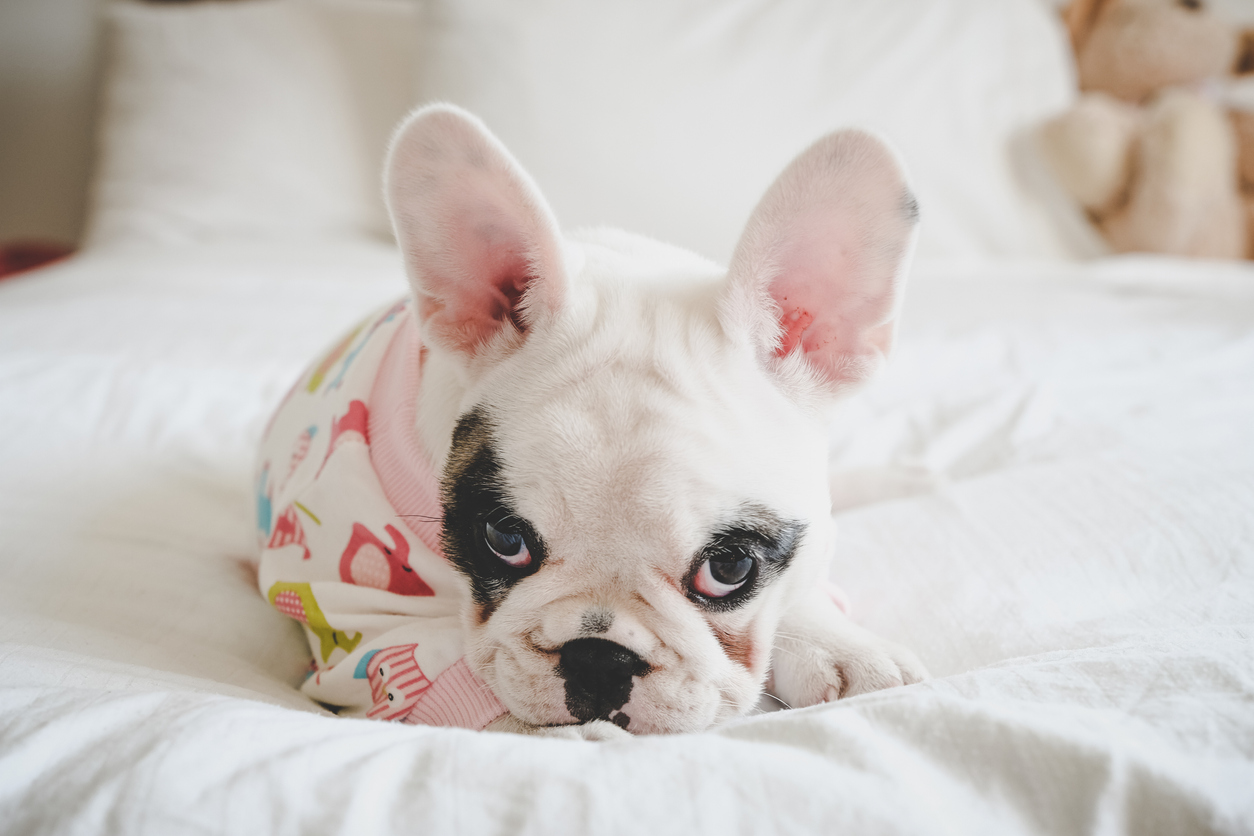
If you’re having trouble, Perry warns, “Crate training and house training go hand in hand, and it is a process for your pup to understand what is expected of them. Never punish an accident through physical or verbal reprimand. Instead, focus on praising wanted behavior and use high-value food rewards to create positive associations to desired behaviors. Never use the crate as punishment. The crate should be a safe and positive space for your dog. It is a training tool for teaching bladder control and a management tool for dogs who cannot safely be left free in the home space.”
Perry concludes, “Crate training is teaching a coping skill for being left alone, which is not a natural dog behavior, seeing as they are pack animals. The benefits to crate training far exceed just house training.”

